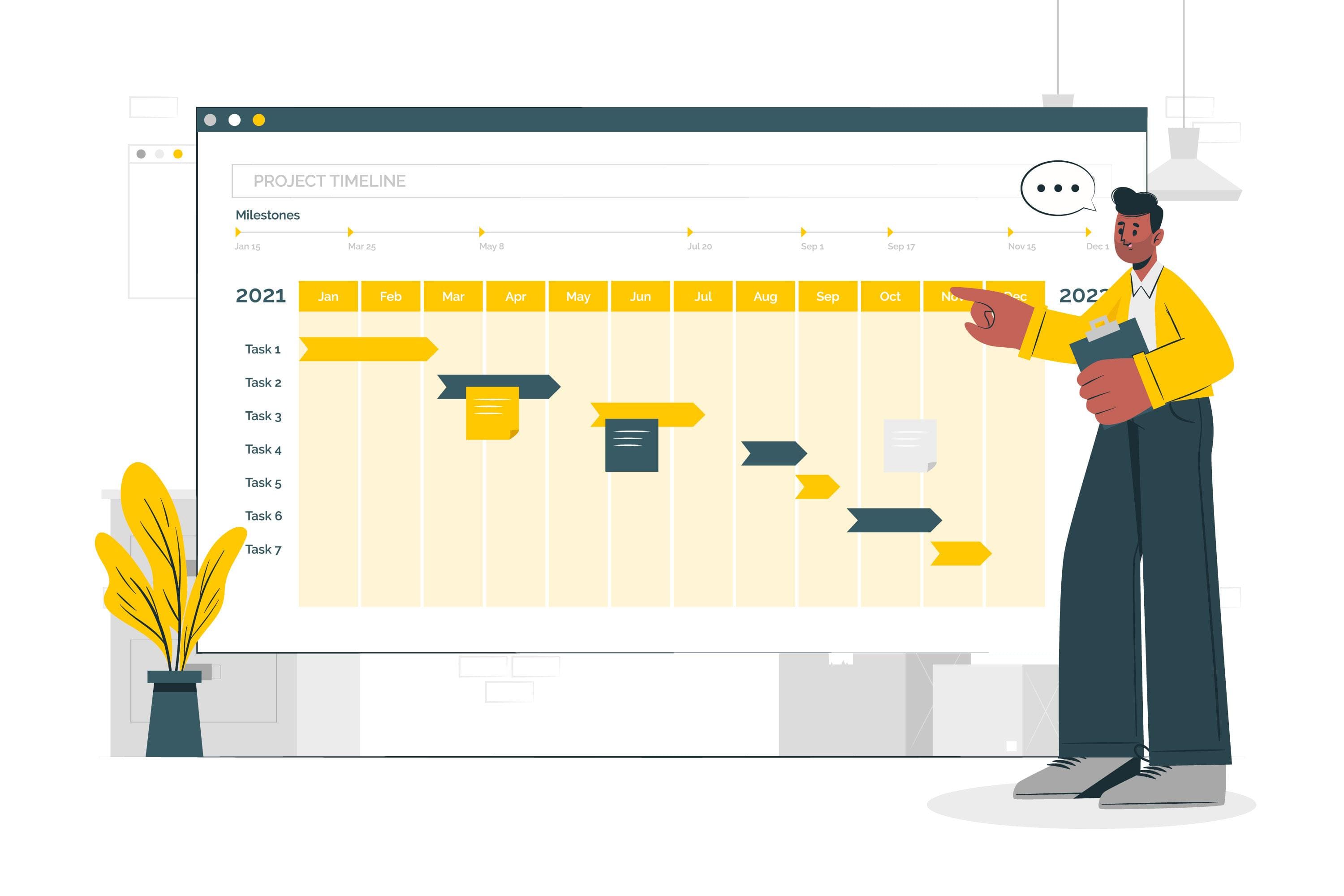Agile project management takes a dynamic and iterative approach to risk management. Rather than treating risk as a one-time activity, Agile embraces ongoing risk assessment and mitigation throughout the project lifecycle.
Let’s delve into how Agile approaches risk management, including techniques like risk-based backlog prioritization and iterative risk assessment, with examples:
1. Risk-Based Backlog Prioritization:
Agile Approach: In Agile, the product backlog is a prioritized list of features, user stories, and tasks. Risk-based backlog prioritization involves considering potential risks when ordering backlog items.
Importance: By prioritizing backlog items based on risk, Agile teams can tackle the riskiest aspects of the project early, allowing for more informed decision-making and risk mitigation.

2. Iterative Risk Assessment:
Agile Approach: Agile teams regularly reassess risks as the project progresses. This iterative approach acknowledges that risks can change over time and that new risks may emerge.
Importance: Iterative risk assessment allows teams to adapt to evolving project conditions. It ensures that risk mitigation efforts remain relevant and that new risks are identified early.

In an Agile marketing campaign project, the team initially identifies a risk related to a potential change in market trends. They regularly review market data and customer feedback throughout the project to assess the risk’s status. If market trends start shifting, they can quickly adjust their campaign strategy.
3. Risk Burndown Charts:
Agile Approach: Similar to traditional burndown charts that track work progress, risk burndown charts track the reduction of project risks over time. They show the trend of risk mitigation efforts.
Importance: Risk burndown charts provide a visual representation of how well the team is managing risks. If the chart isn’t trending downwards, it signals the need for more focused risk management actions.

4. Risk Mitigation Sprints:
Agile Approach: Agile teams can allocate specific sprints or time periods for addressing high-priority risks. These risk mitigation sprints focus solely on implementing risk-mitigating activities.
Importance: Risk mitigation sprints allow teams to concentrate their efforts on addressing critical risks without interrupting the project’s regular cadence. They provide dedicated time for risk management.

5. Risk Review Meetings:
Agile Approach: Agile teams conduct regular risk review meetings, where they assess the status of identified risks, discuss new risks, and decide on appropriate actions.
Importance: Risk review meetings keep the team informed about the current risk landscape and ensure that risk management remains a collective effort. They encourage open communication and shared responsibility for risk mitigation.

Agile risk management is proactive, adaptive, and integrated into the project’s ongoing activities. By continuously assessing and addressing risks, Agile teams can navigate uncertainty effectively and improve project outcomes.
Next: 10. Scaling Agile
